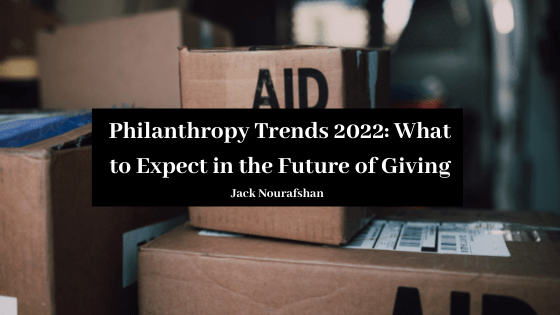Philanthropy is evolving. In the coming years, we can expect to see new trends in how people give back to their communities. According to Giving USA, several trends will shape philanthropy in 2022. We’re going to look at three of them here: giving circles, impact investing, and donor-advised funds. Keep reading to learn more!
Giving circles are groups of people who come together to make small, regular gifts to their charitable causes. These groups might consist of family members, friends, or co-workers. They meet regularly to learn more about potential charities in their community and decide which organizations they will support. This is a unique way for donors in the same social circles to come together for common causes. As this type of giving moves forward, you can expect to see more individuals choosing to support their favorite charities in smaller ways rather than writing one large check.
Impact investing is becoming increasingly popular, which means that these types of investments are expected to grow in the future. Impact investors seek out opportunities where their money can have a positive social or environmental impact alongside a financial return. This practice has been used in the past to help solve problems of poverty and inequality. Additionally, impact investors are beginning to use these investments in the private sector. While this method is not new, researchers have found that impact investing can help encourage more donors to invest their money. The idea of these types of investments can motivate regular people to prioritize social good.
Donor-advised funds have been growing rapidly since 2001. There are over 190,000 donor-advised funds in the United States, holding a cumulative total of $92 billion. Donor-advised funds are charitable accounts that allow donors to make contributions and recommend grants to nonprofit organizations over time. After making an initial contribution, the donor can wait to make additional donations until later in life (or even after their passing). The account remains open for an indefinite period, and the donor remains in control of their account.
Donors may also become more interested in researching charities they’re considering giving to. Organizations can use this research to understand better how they might be able to improve their current operations. Nonprofit organizations should make a point to review donor surveys and other forms of feedback to get a clear picture of what they do well, where there’s room for improvement, and how the organization can move forward.

